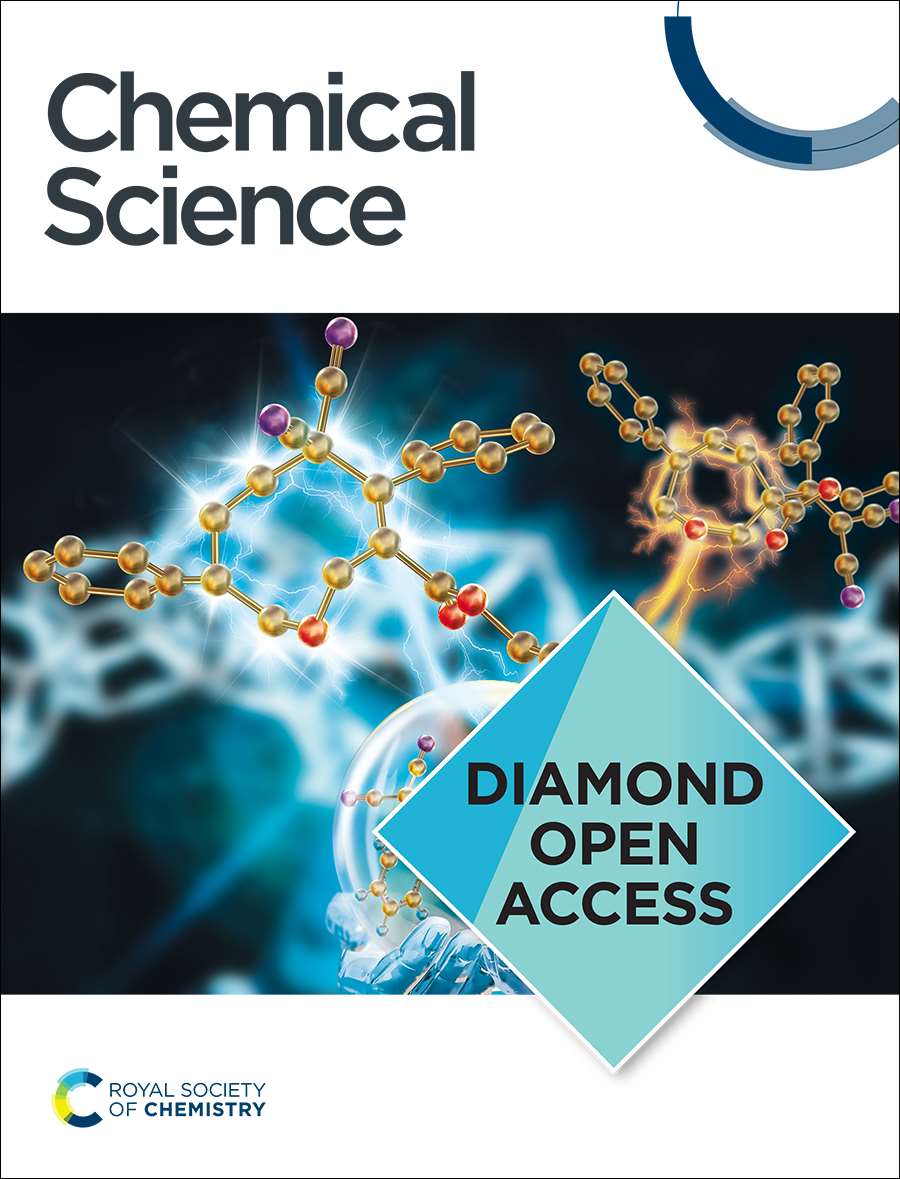Robust Protein-Ligand Interaction Modeling through Integrating Physical Laws and Geometric Knowledge for Absolute Binding Free Energy Calculation
IF 7.6
1区 化学
Q1 CHEMISTRY, MULTIDISCIPLINARY
引用次数: 0
Abstract
Accurate estimation of protein-ligand (PL) binding free energies is a crucial task in medicinal chemistry and a critical measure of PL interaction modeling effectiveness. However, traditional computational methods are often computationally expensive and prone to errors. Recently, deep learning (DL)-based approaches for predicting PL interactions have gained enormous attention, but their accuracy and generalizability are hindered by data scarcity. In this study, we propose LumiNet, a versatile PL interaction modeling framework that bridges the gap between physics-based models and black-box algorithms. LumiNet utilizes subgraph transformer to extract multiscale information from molecular graphs and employs geometric neural networks to integrate PL information, mapping atomic pair structures into key physical parameters of non-bonded interactions in classical force fields, thereby enhancing accurate absolute binding free energy (ABFE) calculations. LumiNet is designed to be highly interpretable, offering detailed insights into atomic interactions within protein-ligand complexes, pinpointing relatively important atom pairs or groups. Our semi-supervised learning strategy enables LumiNet to adapt to new targets with fewer data points than other data-driven methods, making it more relevant for real-world drug discovery. Benchmarks show that LumiNet outperforms the current state-of-the-art model by 18.5% on the PDE10A dataset, and rivals the FEP+ method in some tests with a speed improvement of several orders of magnitude. We applied LumiNet in the scaffold hopping process, which accurately guided the discovery of the optimal ligands. furthermore, we provide a web service for the research community to test LumiNet. The visualization of predicted inter-molecular energy contributions is expected to provide practical values in drug discovery projects.求助全文
约1分钟内获得全文
求助全文
来源期刊

Chemical Science
CHEMISTRY, MULTIDISCIPLINARY-
CiteScore
14.40
自引率
4.80%
发文量
1352
审稿时长
2.1 months
期刊介绍:
Chemical Science is a journal that encompasses various disciplines within the chemical sciences. Its scope includes publishing ground-breaking research with significant implications for its respective field, as well as appealing to a wider audience in related areas. To be considered for publication, articles must showcase innovative and original advances in their field of study and be presented in a manner that is understandable to scientists from diverse backgrounds. However, the journal generally does not publish highly specialized research.
 求助内容:
求助内容: 应助结果提醒方式:
应助结果提醒方式:


